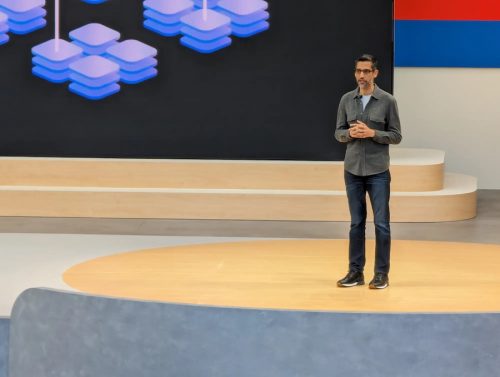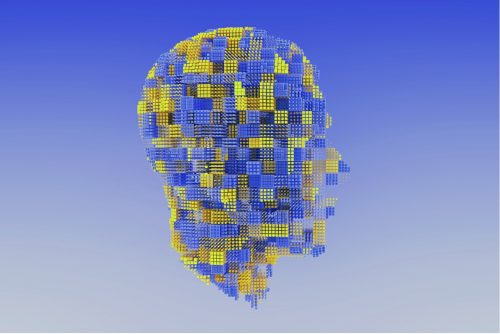Coursera introduces new learning machine tool which can show companies what their employees are learning from its courses and at what level they are doing.

According to MIT Technology Review’s article, there are now an abundant number of online courses, making it sometimes difficult for companies to decide which courses are suitable for their employees. However, training has now been easier for companies as they no longer have to ambiguously figure out their employees’ needs and gains. This improvement is thanks to a new AI-powered tool by Coursera, playing the role of an objective metric to evaluate proficiency. It lets companies know how their employees are progressing and what course they actually need to learn.
Coursera has a data-science team that does everything “from collecting and storing data in a warehouse to interpreting information for making internal decisions to building algorithms that feed back into the site”, according to Emily Glassberg Sands, who leads the group.
As it wanted to quantify the benefits of classes, its data-science team began developing machine learning algorithms to map 40,000 skills taught on Coursera. A psychometrics methodology called Item Response Theory (IRT) was also used to evaluate learners’ proficiency by looking at how they performed on quizzes and assignments.
The skills-benchmarking information is expected to be helpful to learning-and-development specialists, HR professionals and hiring managers. However, to some learners it is also a barrier, as they do not expect bosses’ decisions to be made based on their online-learning performance.
However, results of AI algorithms should always be interpreted by humans—who should also make the final decision. It is essential to keep in mind that AI is a useful tool to boost human productivity, but it often can’t fully replace human decision-making.










